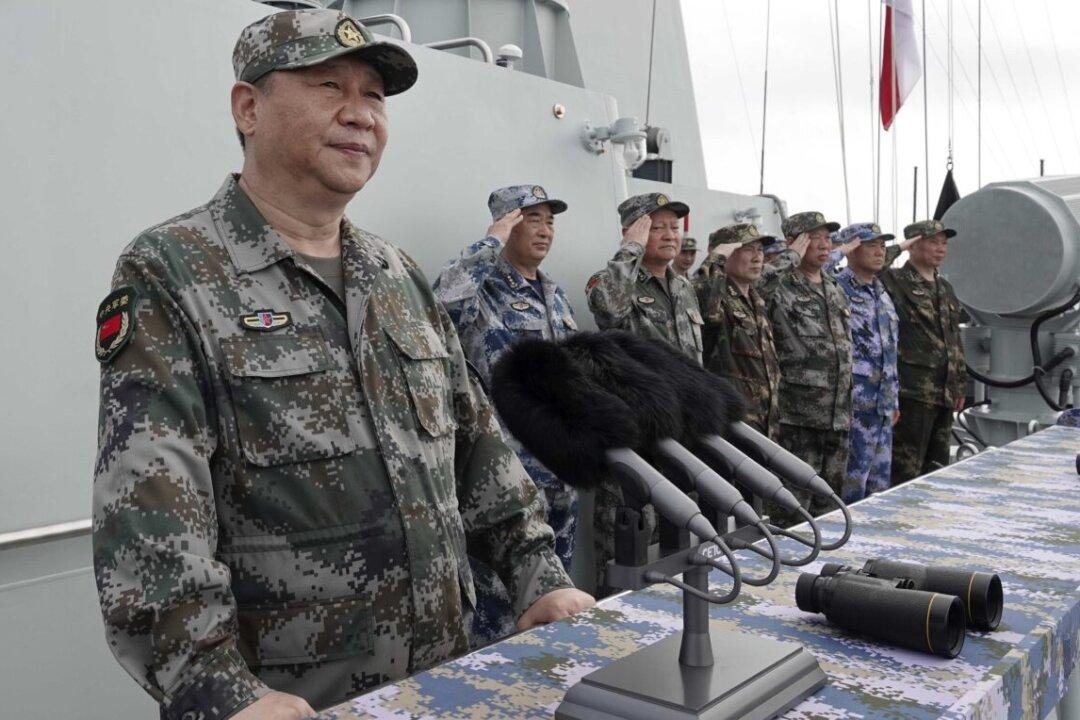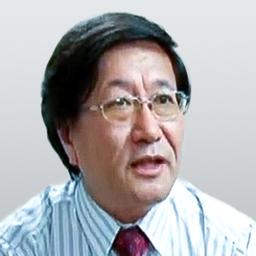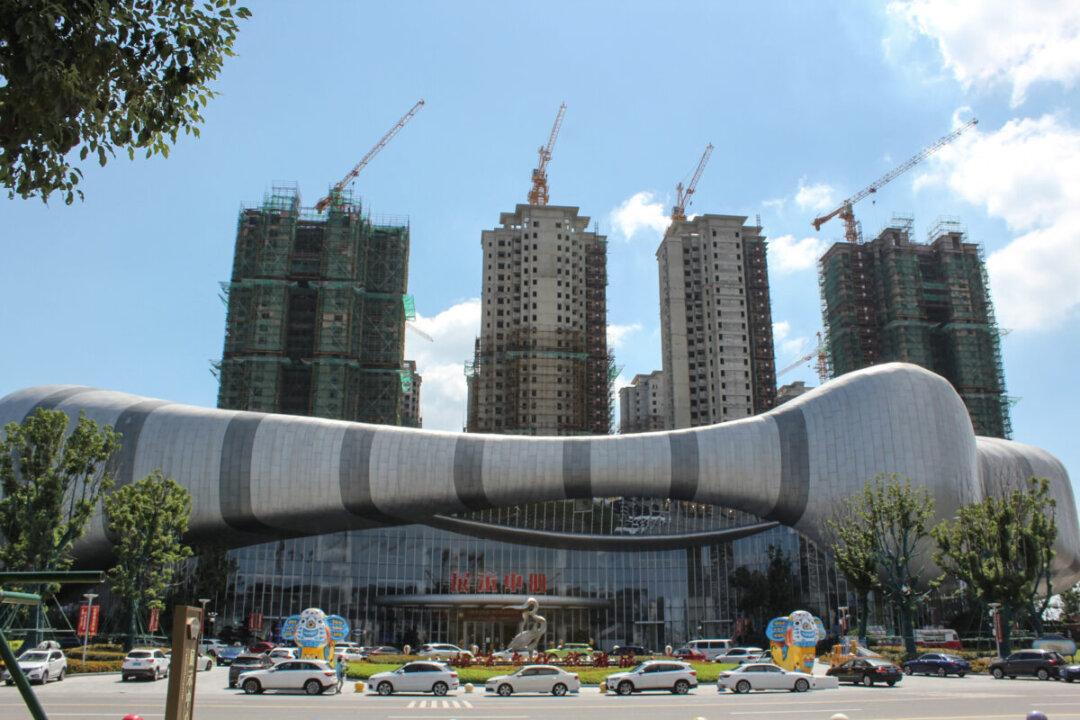Commentary
In the past two months, the Chinese Communist Party’s (CCP) military threats to neighboring countries and maritime confrontation with the U.S. military entered a new stage, a more dangerous stage, as the Sino-U.S. Cold War and naval exercises aimed at intimidating each other continued to escalate. Is the CCP’s belligerence a temporary misjudgment, or is it a continuation of its tradition? Is the CCP’s nuclear threat to the United States real or fake? This is an important question worth pondering.





